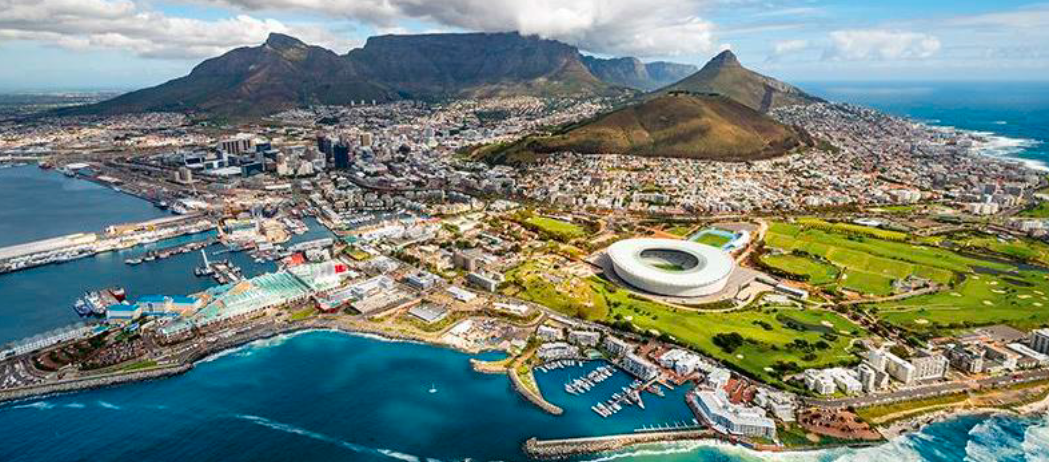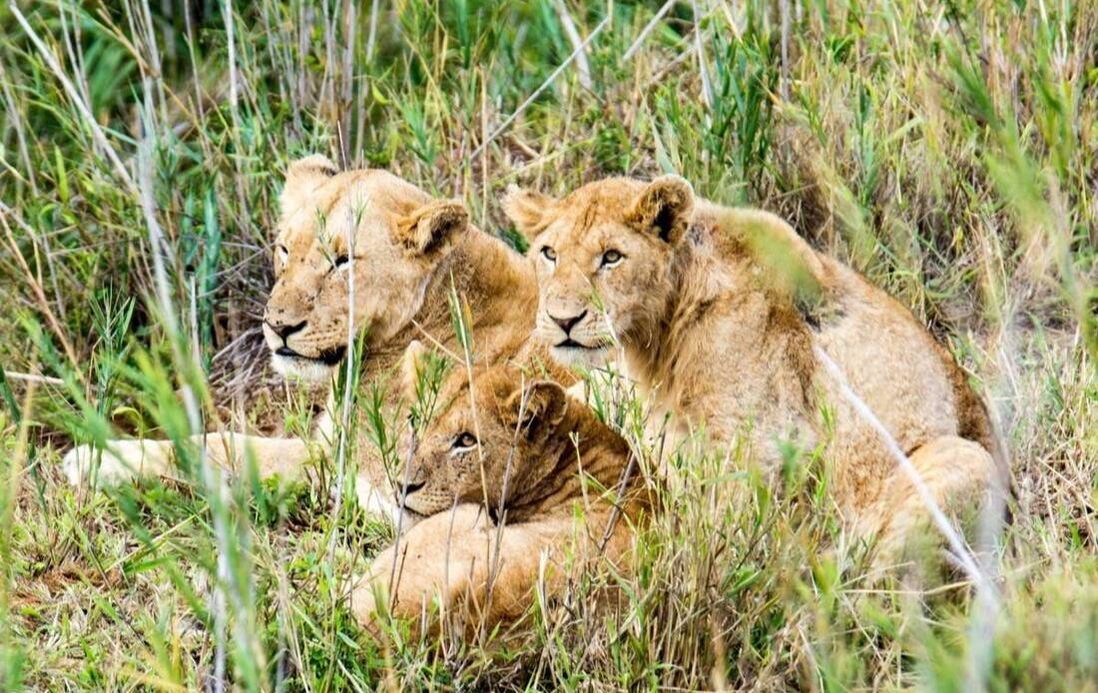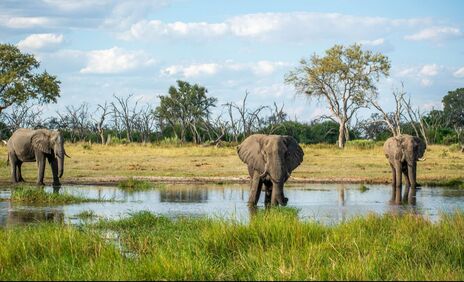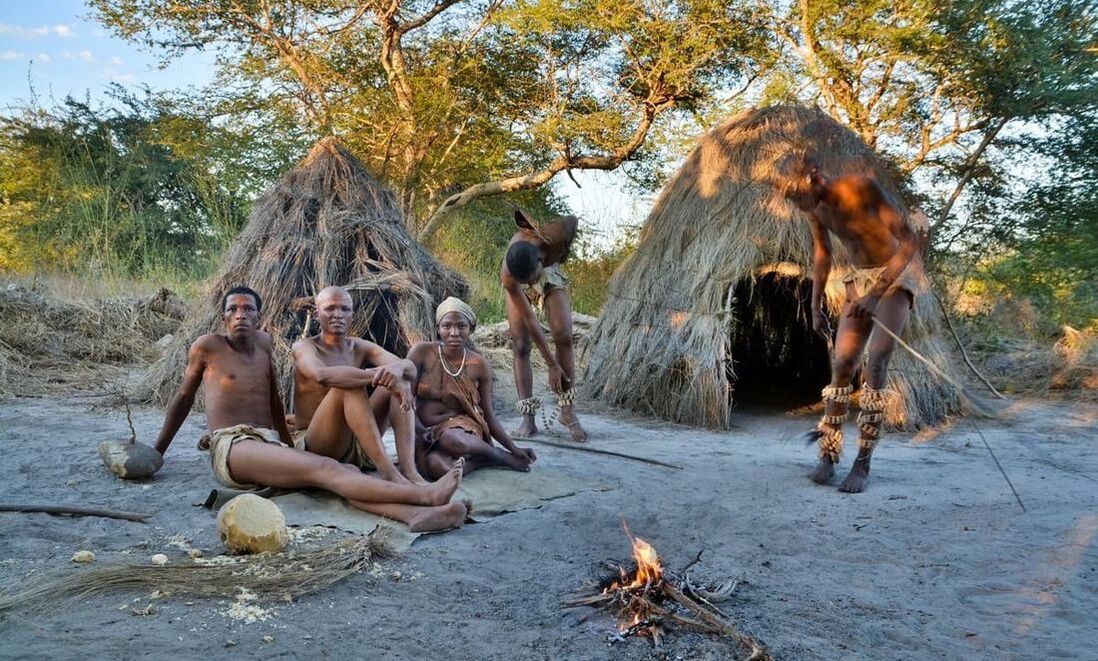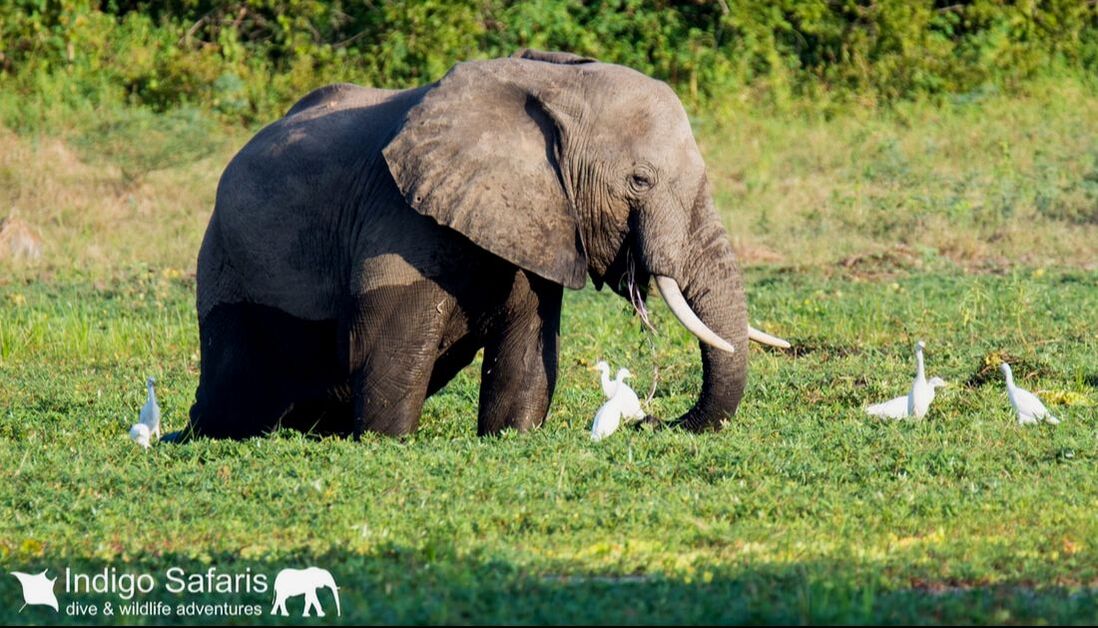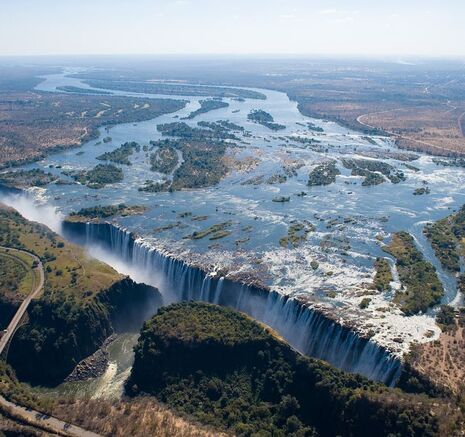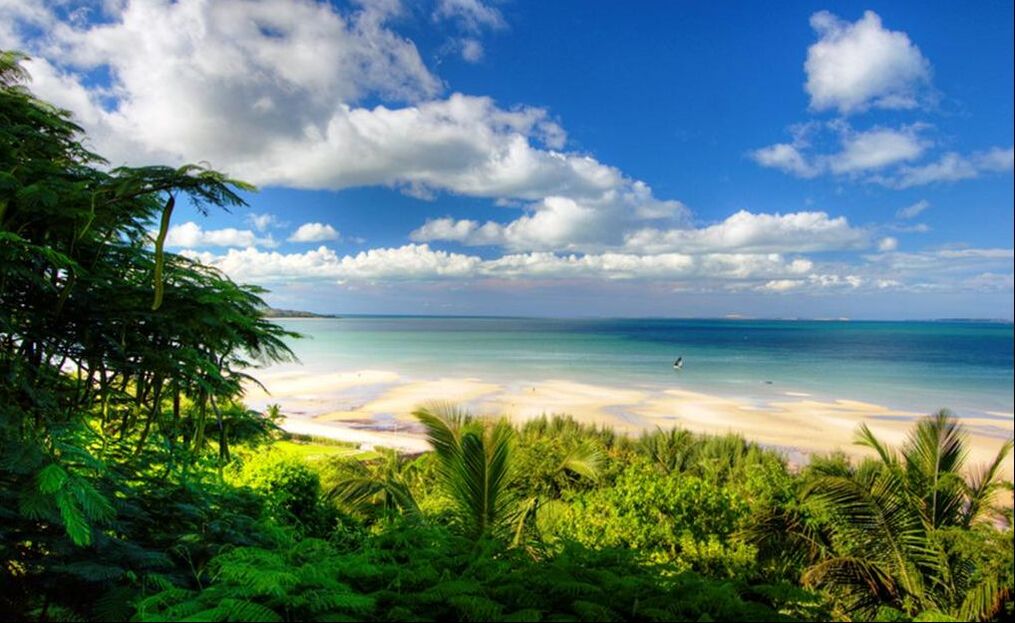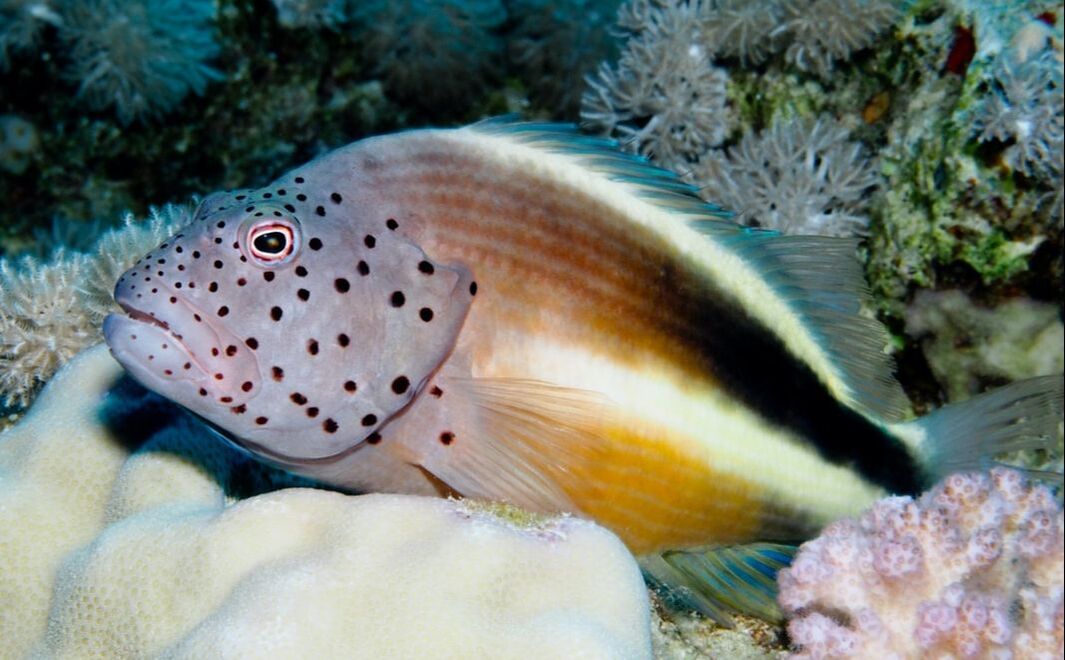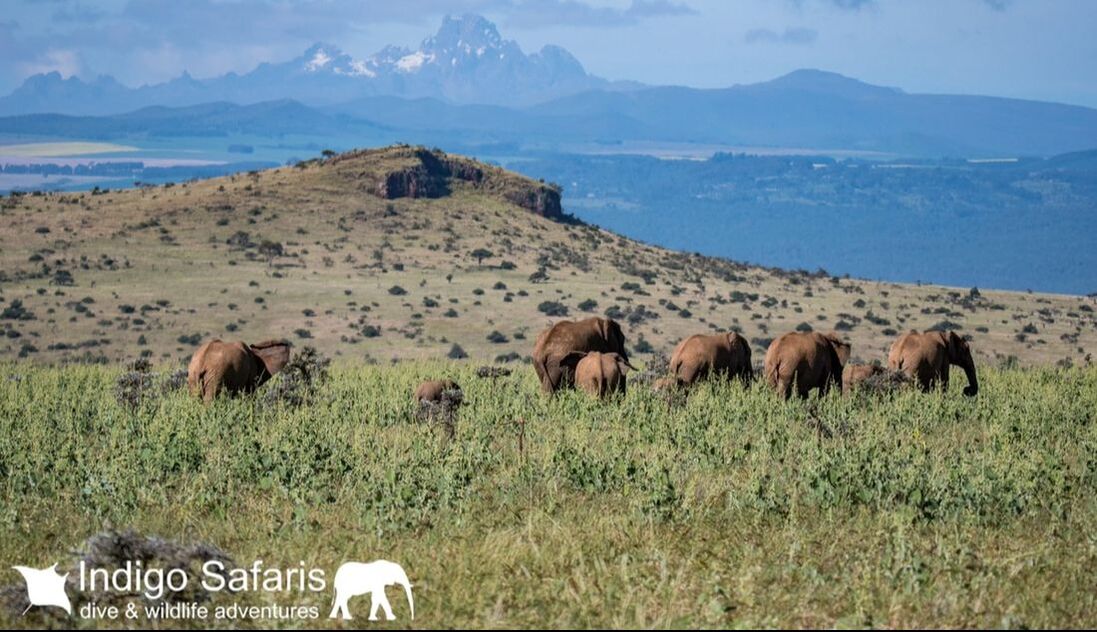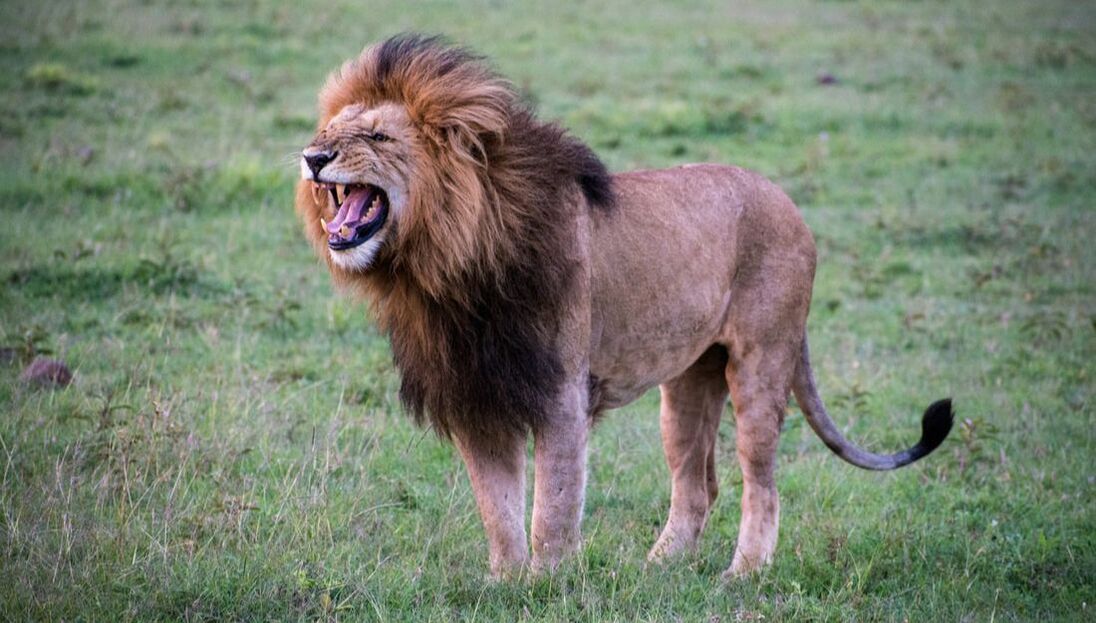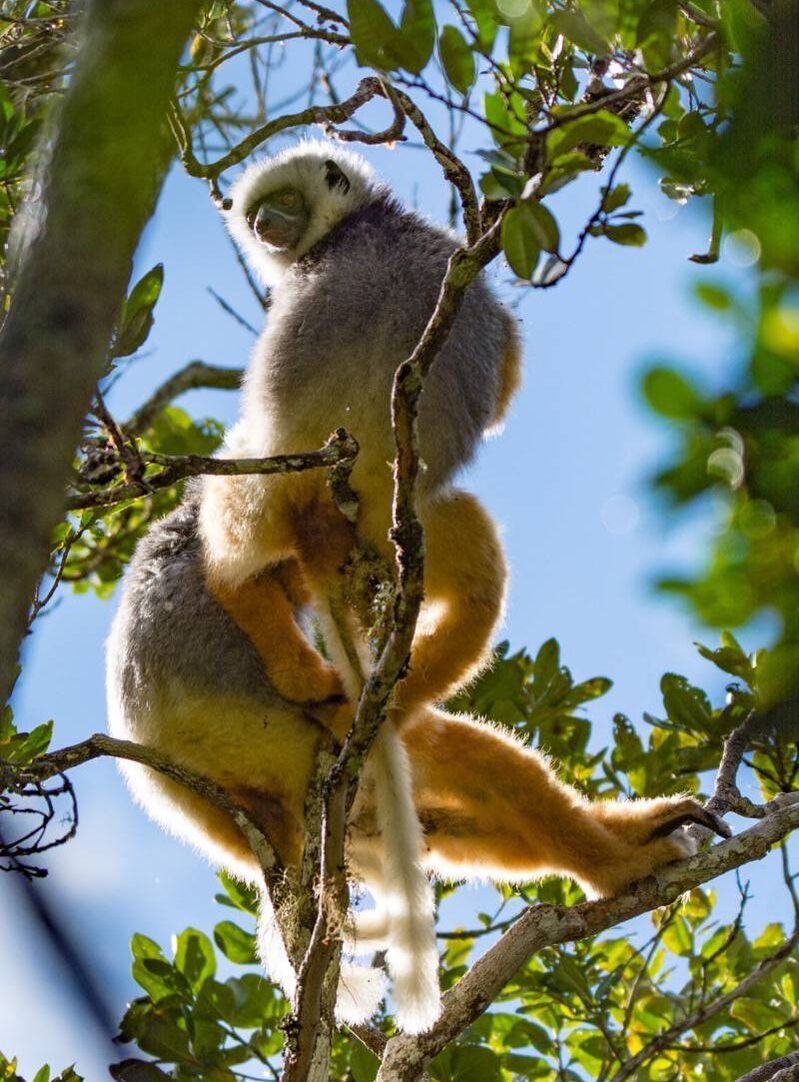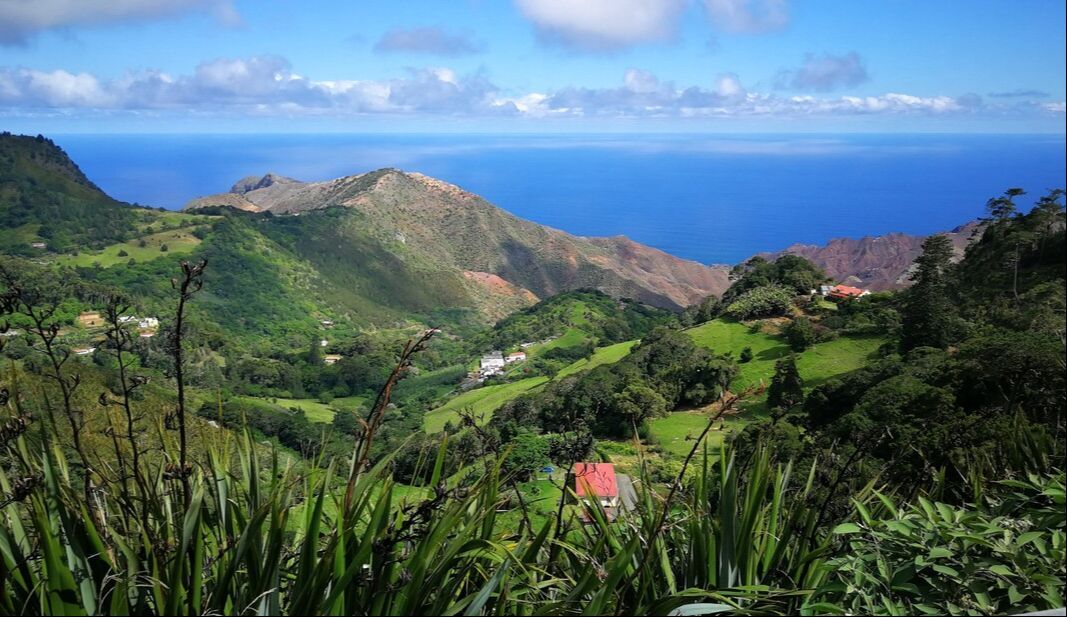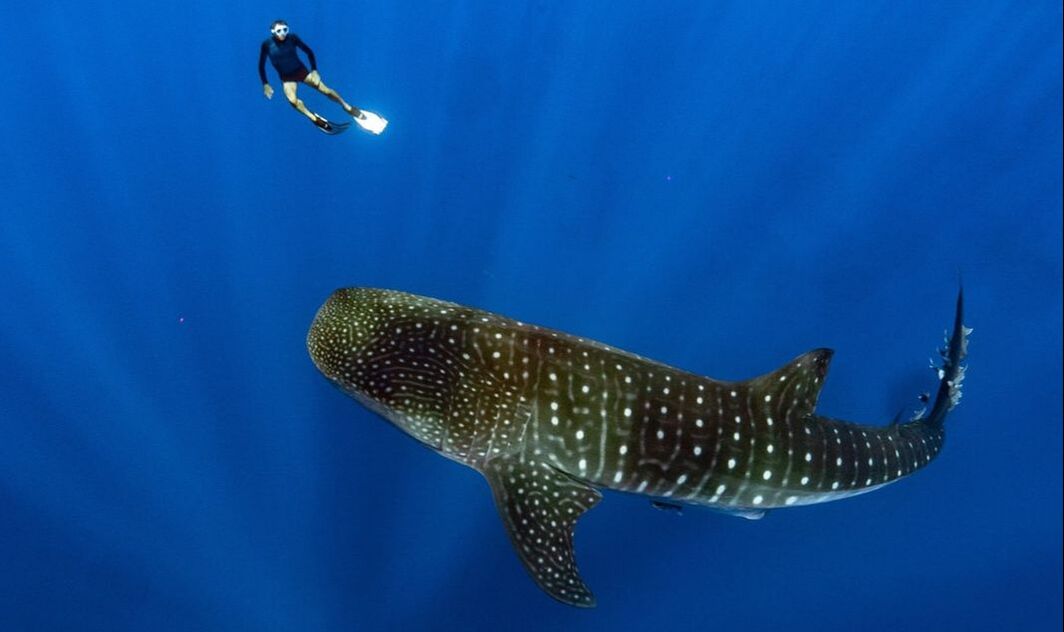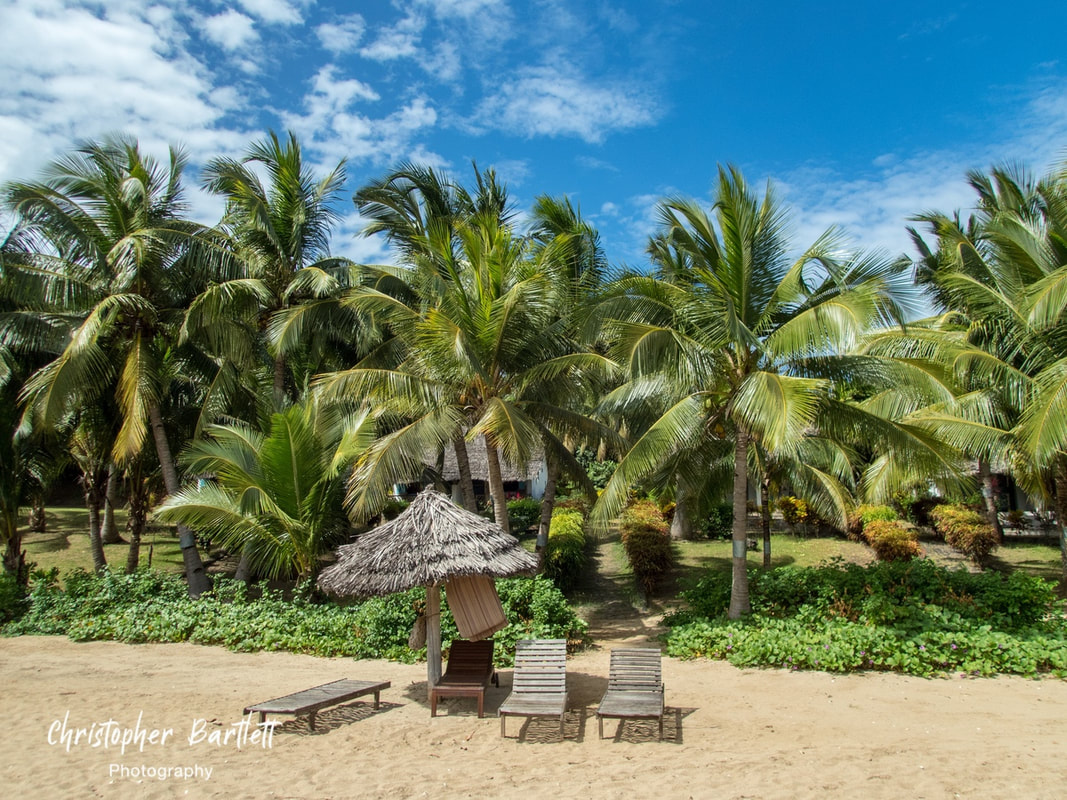From the tip of the Cape to the peak of Mt Kilimanjaro, Africa has incredible diversity, in terms of wildlife, landscapes, cultures, and experiences.
From the thrill of watching a leopard stalk an impala to sampling a drop on a wine estate, from being six feet from a Silverback Gorilla, or white-water rafting at Victoria Falls, to sipping a sundowner on a Zanzibari beach, from Namib desert sand dunes to the shores of Lake Tanganyika, from banks of the Mara River lined by tens of thousands of wildebeest to the vibrant coral reefs of Mozambique, from remote bush camps to luxury lodges, there is something for everyone. Picking the right mix for you and putting it all together in one package requires an expert, and Indigo Safaris has an experienced, knowledgeable team of them ready to turn your African dreams into reality.
Here are some of the highlights of each destination, and when it's best to go.
From the thrill of watching a leopard stalk an impala to sampling a drop on a wine estate, from being six feet from a Silverback Gorilla, or white-water rafting at Victoria Falls, to sipping a sundowner on a Zanzibari beach, from Namib desert sand dunes to the shores of Lake Tanganyika, from banks of the Mara River lined by tens of thousands of wildebeest to the vibrant coral reefs of Mozambique, from remote bush camps to luxury lodges, there is something for everyone. Picking the right mix for you and putting it all together in one package requires an expert, and Indigo Safaris has an experienced, knowledgeable team of them ready to turn your African dreams into reality.
Here are some of the highlights of each destination, and when it's best to go.
SOUTH AFRICA
|
Highlights
Seasons South Africa is an all-year destination, however, it rains in the Greater Kruger area and Kwazulu Natal usually between November and March. The Western Cape has a winter rain climate, so sees most of its rain between May and November. |
NAMIBIA
|
Highlights
Seasons If it rains, it rains between November and April, the rest of the year is very dry. In the winter months of June, July and August, night time temperatures in the desert can drop to freezing. Daytime temperatures are 25-31°C. |
BOTSWANA
|
Highlights
Seasons Generally, May to September, during the dry season and winter, with more moderate temperatures. The Okavango waters are at their highest from June to October. The Kalahari comes to life in the rainy season, its velvety-looking plains attracting tens of thousands of grazers, much to the delight of the predators, especially the black-maned Kalahari lions. The Okavango’s water-based camps offer year-round water activities such as mokoro safaris (dugout-canoe) and boating. |
ZIMBABWE
|
Highlights
Seasons A year-round destination, it does get hot between mid-October and December. |
ZAMBIA
|
Highlights
Seasons Wet season (November to April) has heavy rainfall that can cut off road access, which makes getting around difficult so any of the country’s parks close – though exception is South Luangwa is still accessible In the dry season (May to October), there’s hardly any rain to be seen and animals are easily found at local rivers and waterholes. |
MALAWI
|
Highlights
Seasons Dry season, May to August, is very pleasant with little rain and mild temperatures. July to October is the best time for wildlife viewing as animals have to leave the bush to find available water. October can get very hot. For those who don’t mind a bit of rain, the low-season months from November to May are fresh and green, with good low-season deals. |
MOZAMBIQUE
|
Highlights
Seasons Temperatures don’t vary much throughout the year. The dry season, from May to October is cooler than the wet season, from November to April. This is less pronounced in northern Mozambique as it is closer to the equator. Daytime temperatures range from about 25°C in the wet season to 30°C in the dry season months. |
TANZANIA
|
Highlights
Seasons In the Serengeti, January to March is foaling and calving time in the south of the park, and a great time to see predators in action. June to November is river-crossing season firstly the north west, then the east of the park. The “long rains” fall mid-March to late-April, but generally at night. May and June are quiet and the cheapest time of year to go, along with November and early December. In the south, flights into Selous pause between mid-April and mid-June due to the high water levels. Peak game-viewing is June to November. This is also the only time Katavi is open and the best time for chimp viewing in the west |
KENYA
|
Highlights
Seasons Year-round, though the wildebeest migration usually reaches the Masai Mara in July and remains until October when it moves back to the Serengeti in Tanzania. Many people travel to Kenya because it is a perfect getaway to unwind and relax. with picturesque sandy beaches, and luxury resorts with high-end services. |
UGANDA
|
Highlights
Seasons The drier months from May to September and December to February are the best for wildlife watching in Uganda, though it’s often damp in the cloud forest, unsurprisingly. |
MADAGASCAR
|
Highlights
Seasons The principal wet season is from late December through to the month of March often has cyclones, so it is probably best avoided then. The best time to go to Madagascar is therefore between the months of April through to mid-December. Being prepared for all weather conditions is always recommended as weather patterns do not necessarily adhere to the seasons. Madagascar is a massive country and therefore climate varies hugely subject to your geographic location. It also depends on what you want to see.
|
MAURITIUS
|
Highlights
Seasons The seasonal winds are the main factor when planning a trip here. Fortunately there are great places to stay all around the island, so when one side is windy, the other is protected. Can be enjoyed year round. |
ST HELENA
|
Highlights
Seasons Summer is from December to April, with air temperatures up to 30°C. Due to the increased likelihood of flight disruption from May to October, we recommend sticking to the summer months for a visit. |
seychelles
|
Highlights
|
THE COMORES
|
Highlights
Seasons There are two seasons in the Comoros: the hot and humid season flowing in from the north-west from November to April and the dry season from May to October. |
Diving in AFRICA
Africa has a wide range of diving, from the cold waters of the southern tip of the Cape of Good Hope to the equatorial waters of Zanzibar, some 6400 km (4000 miles) in length. The Cape has kelp forests. fur seals, seven-gill sharks, endemic sharks, wrecks, and the great white shark. The world-famous Sardine Run occurs every year between May and July along the Eastern Cape Province coast, the Indian Ocean waters of KwaZulu-Natal see the southernmost coral reefs forming, but is still best-known for the diversity of its shark and ray diving, as is southern Mozambique. As you progress northwards, the reefs become more and more vibrant, with the shining island pearls being Moheli in the Comores, Alphonse in the Seychelles, Zanzibar, Mafia, and Pemba off the coast of Tanzania.
You will find much more diving information on the specific destination pages of this website, and you can read some independent reviews of African diving on the excellent Undercurrent website.
You will find much more diving information on the specific destination pages of this website, and you can read some independent reviews of African diving on the excellent Undercurrent website.
To enable us to work efficiently towards building your perfect safari, please take 90 seconds to answer some questions by clicking on the button below.

